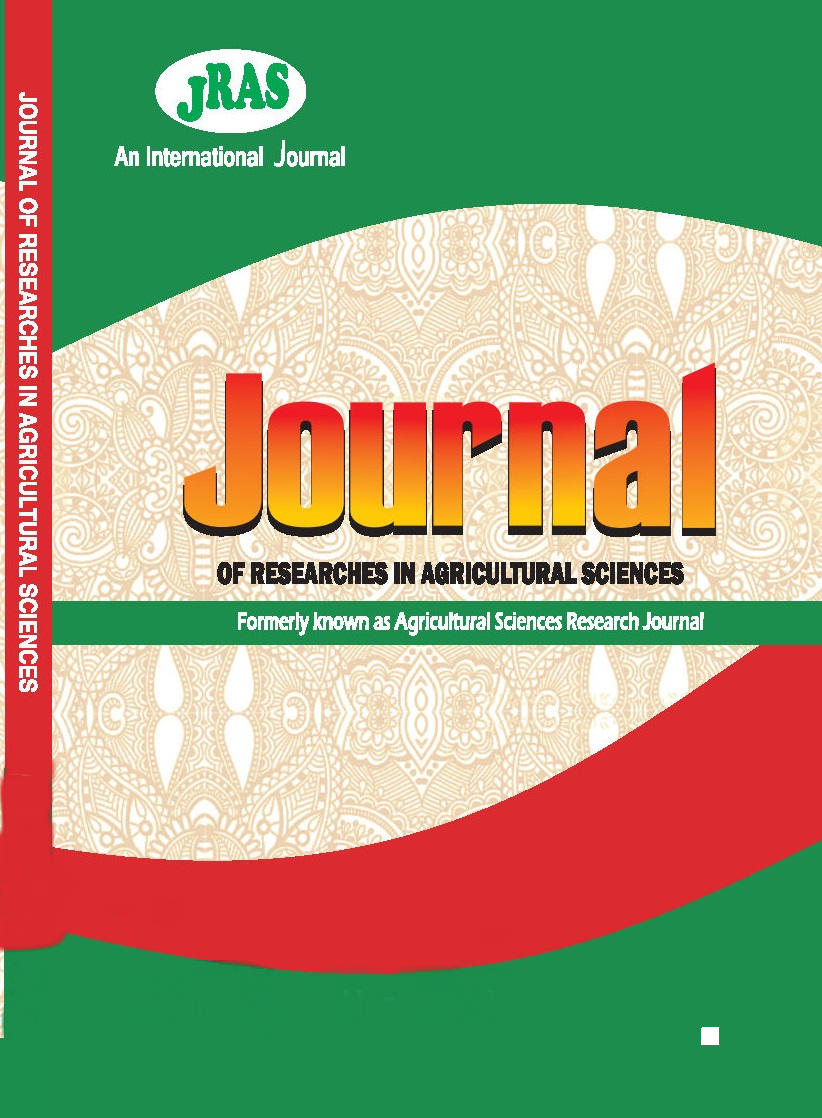Bitumen Seepage: Impact and Interaction on Heavy Metal Concentrations in Surface Water
Palavras-chave:
Bitumen, heavy metals, concentration, toxicity, surface waterResumo
The association and interaction among metals in bitumen-polluted water may affect the availability of the metals even at toxic levels to the surrounding environment and biota that are dependent on such water. This study was carried out at Ode-Irele in Ondo State bitumen belt, Southwest of Nigeria, where there are bitumen seepages and at Ebute-Irele where there are no records of seepages to serve as a control. Composite samples of surface water were collected to a depth of 30cm midstream in the sites and heavy metals-manganese, iron, copper, zinc, lead, chromium, cadmium, nickel, vanadium and arsenic, and alkali metals- calcium, magnesium, potassium, and sodium were determined using standard methods. The data of metal concentrations were analyzed using descriptive statistics and t-test at p < 0.05. The associations that exist among metals of surface water were determined using regressive correlation. The concentrations of the metals were compared with standards in the Federal Environmental Protection Agency and World Health OrganisationGuidelines.The results show that nickel, calcium, magnesium, and sodium were higher in the seepage site than in the control, with only nickelin the seepage sites(0.40 ± 0.00mgL-1) significantly different from the control (0.30 ± 0.00mgL-1). Manganese, iron, copper, zinc, chromium, cadmium, nickel, vanadium,arsenic, andcalciumconcentrations were higher than the guideline levels.The correlation coefficients were positive and significant between iron and copper, manganese and vanadium, iron and sodium, calcium and magnesium, and between magnesium and sodium while the negative correlation between lead and zinc was significant.The metals whose concentrations were higher in the surface water of the seepage site and exceededthe guideline values,especially the component elements of bitumen (nickel, iron, manganese, vanadium, calcium, and sodium),would have toxic effects on the environmentif not closely monitored during the bitumen development phase.

